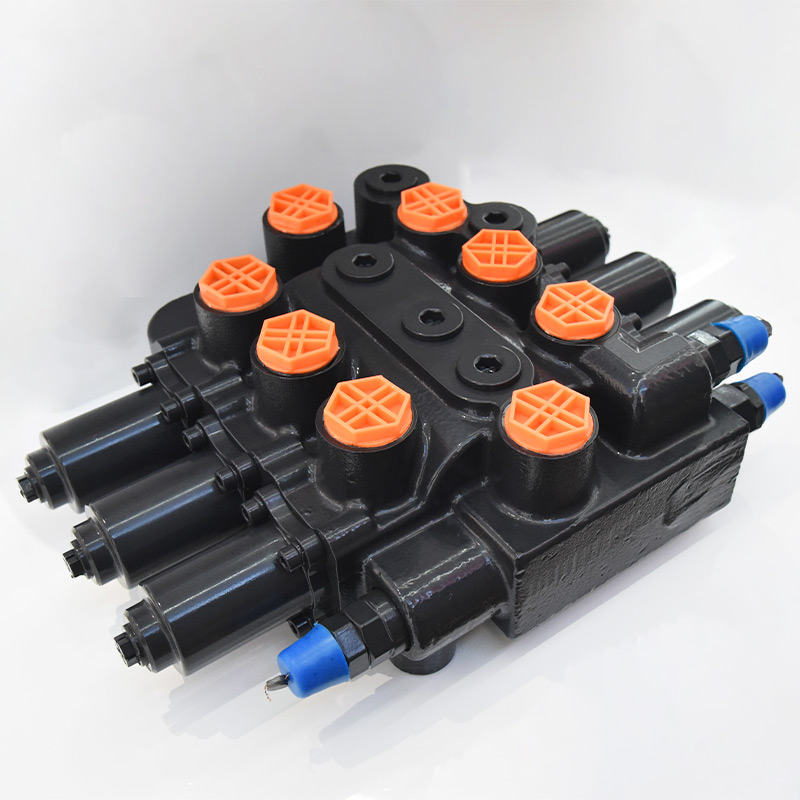Function and effect of Multi Way Directional Valve
The Multi-way Valve: The "Intelligent Command Center" of the Hydraulic System
In the hydraulic world of modern heavy machinery, if the hydraulic pump is the "heart," then the multi-way valve is undoubtedly the "intelligent command center" of the entire system. The name accurately summarizes its core mission: to meet "multi-way" hydraulic demands and achieve centralized and unified control through a single valve.
The core function of a multi-way valve is, first and foremost, distribution. The energy generated by a single hydraulic pump must be precisely delivered to multiple actuators, such as cylinders and motors, through the multi-way valve, a hub. This is like a busy traffic hub, orderly directing traffic from a main road to various exits. Without a multi-way valve, each pump can only drive one actuator, and the equipment would lose its complex operational capabilities.
More importantly, the multi-way valve achieves "coordination and control." It's more than a simple splitter; it's an intelligent commander. By operating different valve cores, the multi-way valve precisely controls the direction, speed, and sequence of motion of each actuator. Advanced multi-way valves also feature load sensing and pressure compensation, ensuring smooth operation without interference between actuators during complex movements. For example, an excavator's ability to smoothly raise its boom and dig its bucket simultaneously is entirely due to the coordination provided by a high-performance multi-way valve.
Furthermore, safety protection is an essential and crucial function of the multi-way valve. The safety valve and overload relief valve integrated into the valve body act like loyal guardians, constantly safeguarding system safety. When pressure rises abnormally, they rapidly relieve pressure to prevent damage to piping or components. When the actuator is subjected to external forces, they provide cushioning and oil replenishment to prevent cavitation damage.
Finally, the development of modern multi-way valves focuses on "efficiency and energy conservation." Using technologies such as electro-hydraulic proportional control, multi-way valves enable on-demand flow distribution, significantly improving energy efficiency and meeting current green and environmentally friendly design requirements.
In short, from construction machinery to agricultural equipment, multi-way valves, with their powerful distribution, control, protection, and energy-saving functions, have become an indispensable core component of modern hydraulic equipment, silently driving the precise, efficient, and safe operation of large-scale machinery.





